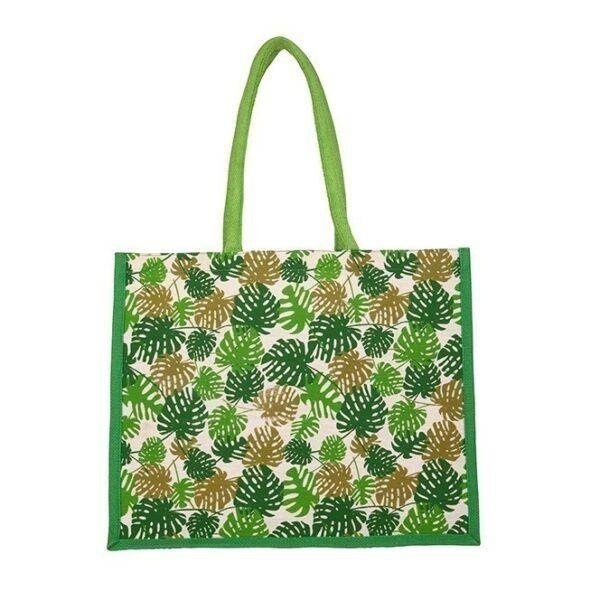Jute bags are loved for being eco-friendly, strong, and stylish. But making them isn’t as easy as it seems. There’s a lot of effort and skill involved, but the results are worth every bit of hard work.
Why Making Jute Bags Is Challenging
- Preparing the Jute Fibers
Jute comes from plants, and getting the fibers ready is no small task. It involves soaking the plants, peeling off the fibers, and drying them. This process takes time and effort. - Designing and Crafting
Turning jute fibers into a bag requires creativity and precision. From cutting and stitching to adding designs, every step needs a lot of focus and care to create something beautiful and useful. - Keeping It Eco-Friendly
To ensure the bag is truly eco-friendly, makers use natural dyes and minimize waste. Following sustainable practices adds an extra layer of effort. - Competing in the Market
Handmade jute bags face tough competition from cheaper, factory-made options. Keeping prices fair while maintaining quality is a constant challenge.
Why the Hard Work Pays Off
- Better for the Planet
Jute bags are reusable and biodegradable, making them a great alternative to plastic. Every jute bag helps reduce pollution. - Supports Local Artisans
Making jute bags gives work to skilled artisans and small businesses. By buying these bags, you help keep their traditions alive and support their livelihoods. - Durable and Stylish
Jute bags last a long time and look great. Whether for shopping or carrying books, they’re practical and fashionable. - A Step Toward Sustainability
Using a jute bag shows you care about the environment. It’s a simple way to make a positive difference.
Though making jute bags is tough, the impact they have on the environment and the people who make them is truly rewarding. The next time you use a jute bag, think of the effort behind it and feel good about your choice to go green!


